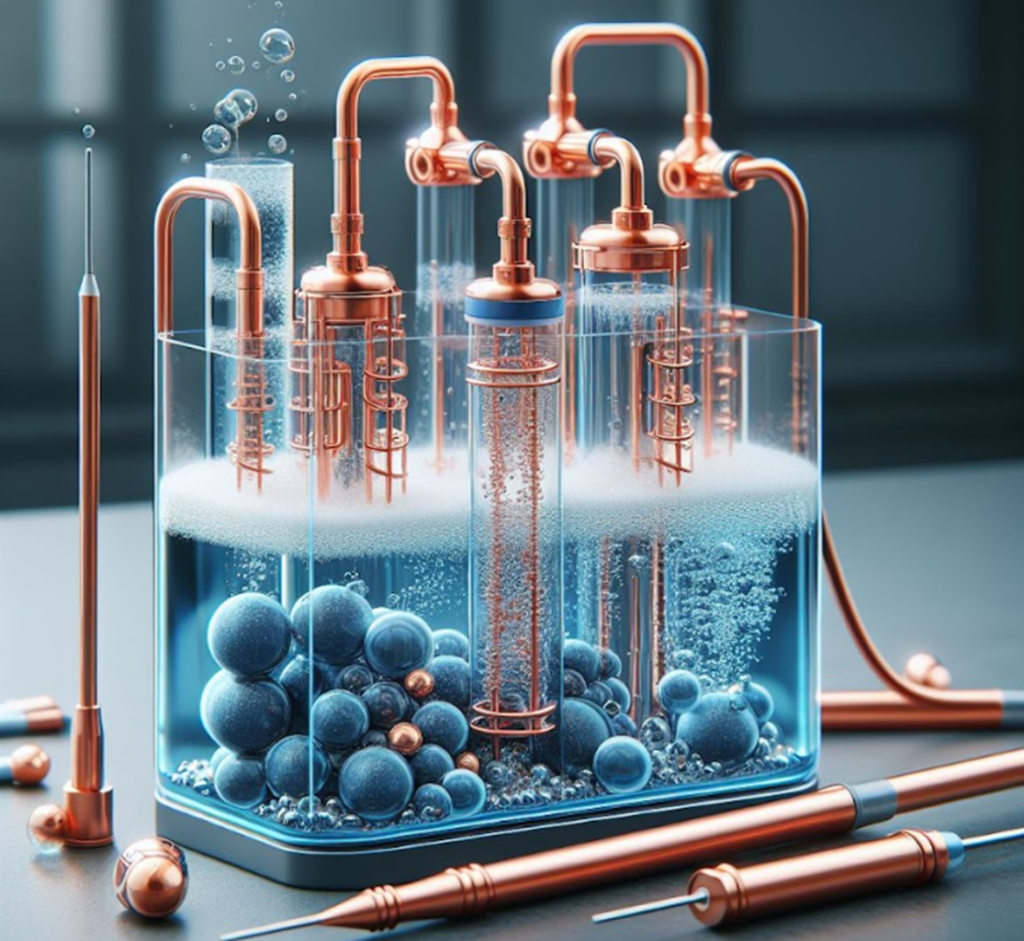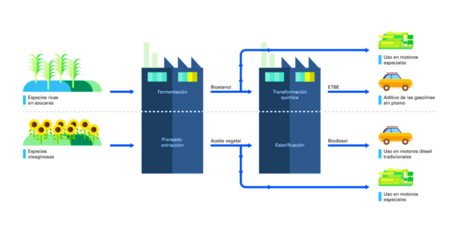
Full Time Professor
Bioengineering and Chemical Engineering Department
Since the end of the 19th century, our planet has experienced a gradual and progressive warming that has accelerated in recent decades. According to experts, both land and ocean surface temperatures are expected to continue to rise in the short term. This has had environmental, economic and social repercussions. Much of the problem is caused by greenhouse gases (GHGs), including natural gases such as carbon dioxide (CO2), methane (CH4), nitrous oxide (N2O), as well as fluorinated artificial gases, with hydrofluorocarbons (HFCs) and perfluorocarbons (PFCs), widely used in industry
In recent decades, CO2 emissions in the atmosphere have multiplied to alarming levels. In 2022, CO2 levels exceeded 418 parts per million, and continue to rise and emissions from industry and fossil fuels reached 36.6 billion metric tons. This situation has consequences ranging from melting the Arctic ice cap, unpredictable weather conditions and increased natural disasters, changes in precipitation patterns, to changes in acidity and average sea level.
Faced with this reality, it is essential to find solutions capable of having an impact on a large scale. Electrochemical reduction of CO2 to chemical fuels is a strategy with great potential to reduce greenhouse gas emissions and mitigate climate change. Today, copper (Cu) and its alloys are the main materials used to electrochemically reduce CO2 to multicarbon products. However, these are not selective and simultaneously form carbon dioxide (CO), methane (CH4), formates (HCOO-), etc.
Thus, a group of researchers from Johns Hopkins University presented an innovative approach to the electroreduction of carbon dioxide catalyzed by copper, in order to design reaction conditions that improve the selectivity of multicarbonated products and thus lead to more efficient conversion methods.
Given that the electrochemical reduction of CO2 to value-added raw materials is hampered by the competitive formation of products, the researchers have postulated that water, as a fundamental component in this reaction, plays an essential role in influencing the selectivity and activity of the products generated.
In their experiments they passed electricity through solutions saturated with CO2, gradually decreasing the thermodynamic activity of water, which resulted in an improvement in the selectivity and current density of C2+ products (ethylene, ethanol, propanol), while C1 (carbon monoxide and methane) products were suppressed. The authors explained that what was observed was the result of carbon dioxide, a key intermediate in the reaction, adhering to the surface of the copper electrode.
According to the researchers, this research reveals new opportunities within the green chemistry sector and plays a key role in the transition to a more sustainable and environmentally conscious future.

In conclusion, the study showed that reducing the availability of the proton donor is a valid method to improve CO2 reduction to highly desirable C2+ multicarbon products and highlights the potential of using water as a key factor in process efficiency of CO2 conversion, stressing the importance of continuing research into emerging technologies to address the critical challenges associated with climate change.
References
Zhang, H., Gao, J., Raciti, D. et al. Promoting Cu-catalysed CO2 electroreduction to multicarbon products by tuning the activity of H2O. Nat Catal 6, 807–817 (2023). https://doi.org/10.1038/s41929-023-01010-6
Farooqi, S.A., Farooqi, A.S., Sajjad, S. et al. Electrochemical reduction of carbon dioxide into valuable chemicals: a review. Environ Chem Lett 21, 1515–1553 (2023). https://doi.org/10.1007/s10311-023-01565-7
Statista. Nivel promedio de dióxido de carbono (CO2) en la atmósfera entre 1959 y 2022. Consultado en noviembre de 2023. https://es.statista.com/estadisticas/1269928/concentracion-atmosferica-global-de-dioxido-de-carbono/




